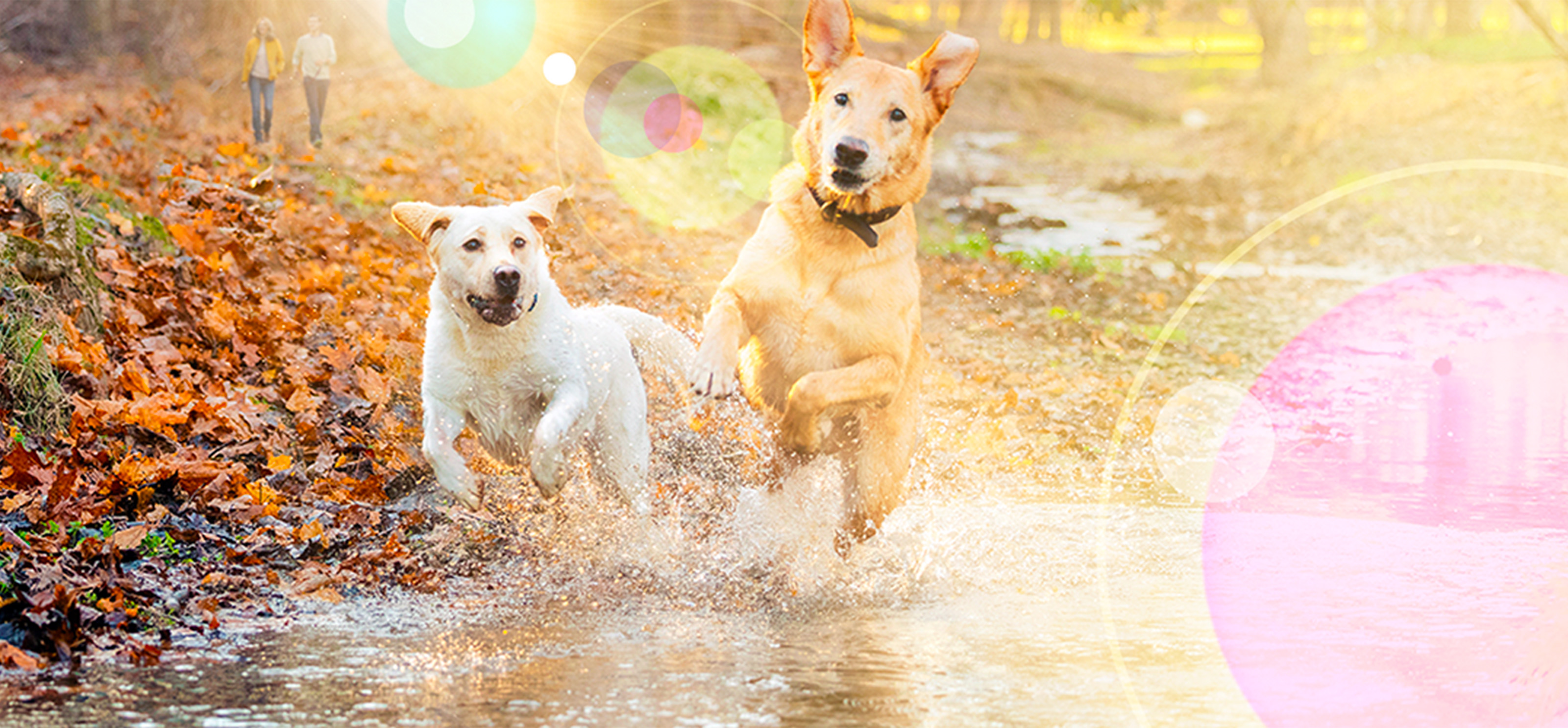
No shedding.
No spreading.
MORE LIVING!

The Threat of Leptospirosis Is Everywhere
Leptospirosis is an infectious disease that causes serious illness in dogs, other animals, and people. It is caused by spiral-shaped bacteria called leptospires that live in water or warm, wet soil and is spread through the urine of infected animals (called shedding).1,2

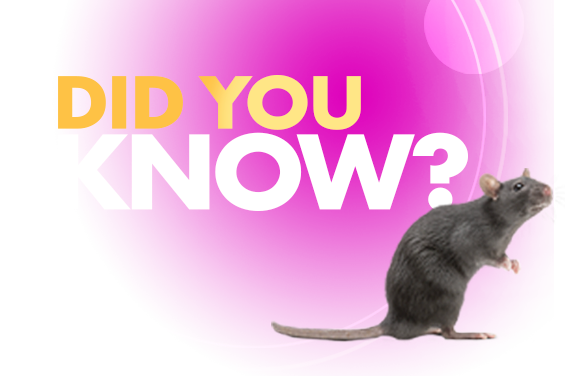
- Leptospirosis is the most widespread infection transmitted between animals and human species in the world.3
- Rats, which are prevalent in urban areas from coast to coast in the United States, contribute to the spread of leptospirosis.4

The spread of leptospirosis through urinary shedding puts virtually every patient, and even your clients, at risk.

It can be spread through soil, water, bedding, and infected urine from pets and wildlife.1,2

Up to 8.2% of dogs are shedding leptospires, some without showing any symptoms.5

Know the Risks
- Carrier animal urine – rats, squirrels, raccoons, opossums, and other wildlife
- Asymptomatic dogs
- Backyards, neighborhoods, and areas near livestock
- Public sidewalks, dog parks, and communal areas
Learn more about the risks.
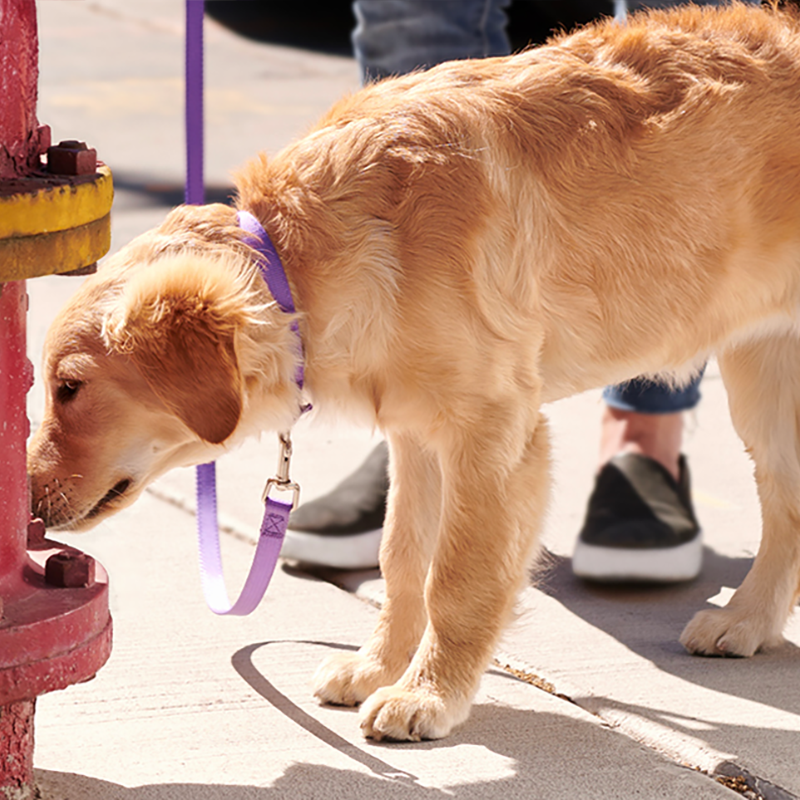
Take the Leptospirosis Quiz
Check YES or NO.
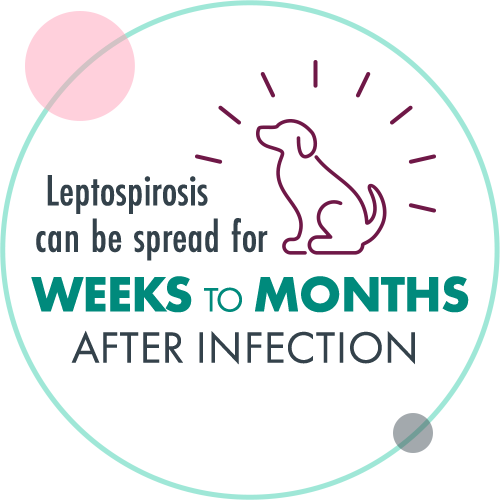
Protect before an Outbreak
- Leptospires can multiply in the bloodstream and spread to many tissues and organs1,2
- 80% to 90% of dogs with leptospirosis develop kidney problems that may put them at risk for kidney failure6
Learn how to protect your pets and family with leptospirosis vaccines for dogs.
Leptospirosis Vaccine Comparison
Nobivac® Lepto4 and Nobivac EDGE® Lepto4 provide more comprehensive protection than other leptospirosis vaccines for dogs.7-14
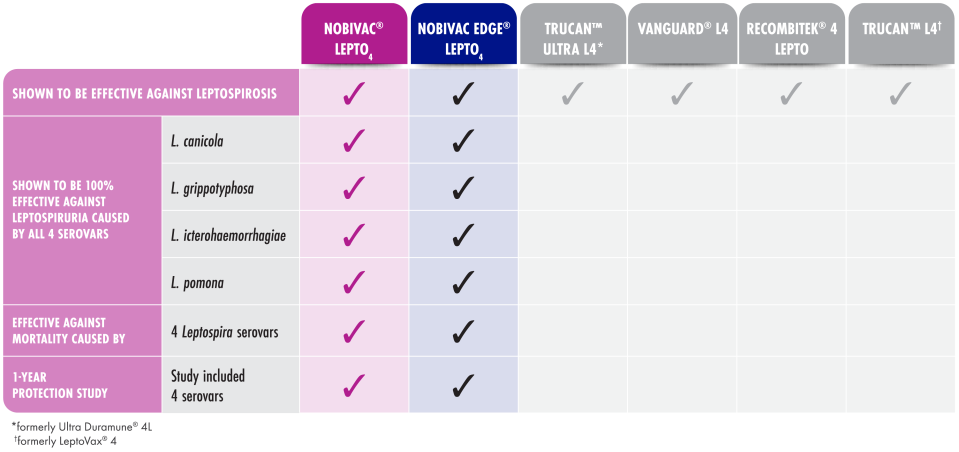

DID YOU KNOW?
Only Nobivac® Lepto4 is shown to be 100% effective against mortality and urinary shedding of all 4 serovars.13,15

References:
1. Pets. Centers for Disease Control and Prevention website. Accessed November 14, 2022. https://www.cdc.gov/leptospirosis/pets/index.html
2. Infections in pets. Leptospirosis section of Centers for Disease Control and Prevention website. Accessed November 14, 2022. https://www.cdc.gov/leptospirosis/pets/infection/index.html
3. Healthcare workers: Technical information for leptospirosis. Centers for Disease Control and Prevention website. Accessed November 14, 2022. https://www.cdc.gov/leptospirosis/health_care_workers/
4. Rats! Chicago tops Orkin’s rattiest cities list for sixth consecutive time. Orkin Pest Control website. Accessed November 14, 2022. https://www.orkin.com/press-room/orkin-top-rattiest-cities-2020
5. Harkin KR, Roshto YM, Sullivan JT, Purvis T, Chengappa MM. Comparison of polymerase chain reaction assay, bacteriologic culture, and serologic testing in assessment of prevalence of urinary shedding of leptospires in dogs. J Am Vet Med Assoc. 2003;222:1230-1233.
6. Sykes JE, Raegen KL. Leptospirosis in dogs: diagnosis, treatment, and management. Today’s Veterinary Practice website. Accessed November 14, 2022.
https://todaysveterinarypractice.com/diagnosis-and-treatment-of-leptospirosis-in-dogs/
7. Nobivac® Lepto4 [product label]. Madison, NJ: Merck Animal Health; 2018.
8. Nobivac EDGE® Lepto4 [product label]. Madison, NJ: Merck Animal Health; 2019.
9. Ultra Duramune® DAP+4L [product label]. Fort Dodge, IA: Elanco US Inc.; 2017.
10. Vanguard® L4 [product label]. Florham Park, NJ: Zoetis, Inc; 2018.
11. RECOMBITEK® 4 Lepto [product label].Duluth, GA: Merial; 2009.
12. LEPTOVAX® 4 [product label]. Greenfield, IN: Elanco; 2018.
13. LaFleur RL, Dant JC, Wasmoen TL, et al. Prevention of leptospiremia and leptospiruria following vaccination with a DAPPv + 4-way Leptospira combination vaccine. Presented at: Proceedings of the ISCAID Symposium; October 16–19, 2016; Bristol, UK.
14. LaFleur RL, Dant JC, Tarpey I. One year duration of immunity of a multivalent Leptospira bacterin using a Leptospira challenge model. Presented at: The ISCAID Symposium; September 30–October 3, 2018; Portland, OR.
15. LaFleur RL, Dant JC, Wasmoen TL. Prevention of disease and mortality in vaccinated dogs following experimental challenge with virulent Leptospira. J Vet Int Med. 2011;25:747.



